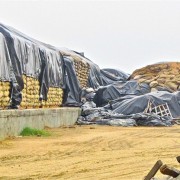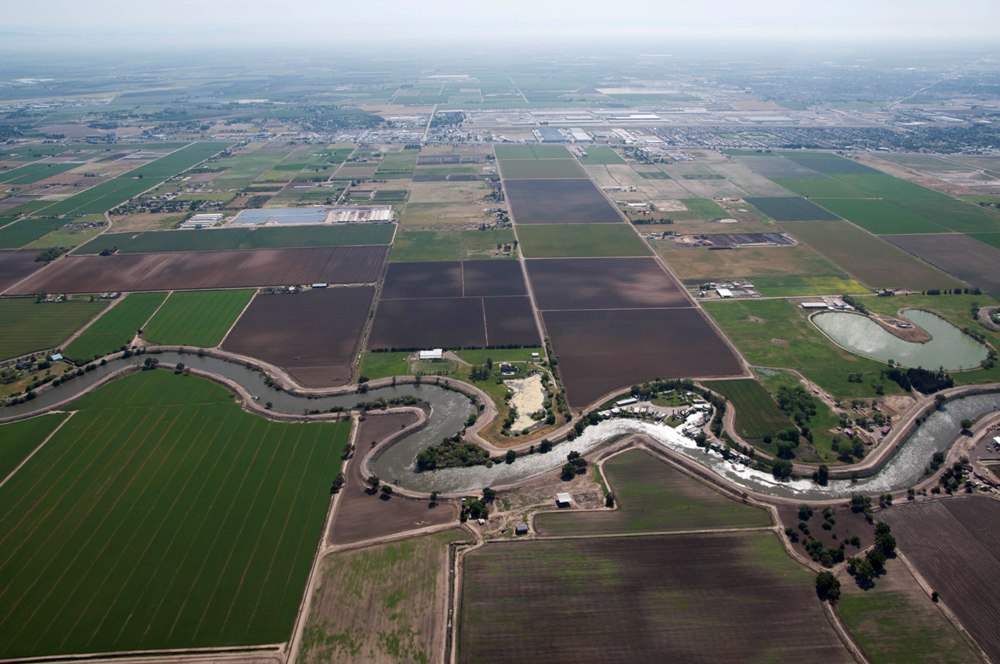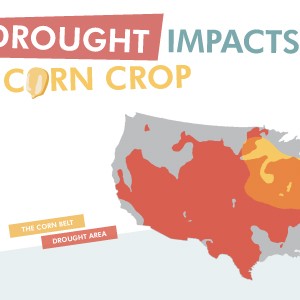Great Lakes Algae Blooms: Lake Erie Respite, Lake Superior Rises
Not far from where I live in Benzie County, Michigan lies a network of shaded forest trails that end on the broad sand beaches of Lake Michigan’s Platte River Bay. In the distance, the steep flanks of the Sleeping Bear Dune dive to the Great Lake. Across the Manitou Passage the green expanses of North and South Manitou Islands are like the broad backs of giant turtles floating in the water. On clear and sunny days the water is porcelain blue.
I’ve taken out-of-town friends to Platte Bay, among them Stewart Udall, the Secretary of the Interior during the 1960s who helped establish Sleeping Bear Dunes National Lakeshore, who’ve said that stretch of Lake Michigan shoreline is one of the most magnificent places they’ve ever seen.
I don’t show off the bay in August. Three summers ago a mat of green algae about three inches thick clung to the beach. I remember it vividly because I regularly run those trails in the summer and finish with a swim and a relaxing beach walk back to the trailhead. The algae, drying and turning brown, was as thick and nasty as week-old pudding.
Half a century ago, before the country and the Great Lakes states legislated the end of open dumping of sewage and industrial effluent into the five big lakes, algal blooms were common. They result from mixing the ingredients of neglect and waste — particularly phosphorous and other nutrients — into calm and warming waters.
The 1972 federal Clean Water Act, which this year marks the 40th year since its enactment after a veto by President Richard Nixon, steadily improved how cities and industries managed wastewater. The blooms largely disappeared for more than three decades.
Now they are back, and in many places worse than ever. Blue green algae mar the waters of Lake Superior near the Apostle Islands National Lakeshore. The western shoreline of Lake Michigan, from Kewaunee, Wisconsin, to Sturgeon Bay is an almost unbroken green runway of algae, in some places about a foot thick. Last summer, Lake Erie experienced the worst blue-green algae bloom in decades. And while, so far, Platte Bay is mostly clear of algae this summer, little ghostly green tendrils float in the water, like jellyfish. They brush against your arms as if to say, “Remember us. We’re still around.”
From an ecological perspective, the cure is straightforward: prevent phosphorous from getting into the Great Lakes. There’s no dispute about this point. Heavy storms on Lake Superior this summer washed enough extra nutrients into the water to produce the big Apostle Island bloom. But in Ohio, the 2012 drought dramatically reduced the number and intensity of heavy spring rains that wash farm field fertilizers into agricultural watersheds that drain into Lake Erie.
Gail Hesse, the executive director of the Ohio Lake Erie Commission and co-chair of a phosphorous task force, told me this week that experts are predicting a much smaller algal bloom on the lake this year. “I was at a task force meeting yesterday,” Hesse said. “We were joking, ‘the bad news is there’s a drought. The good news is there’s a drought.”
The political and economic solutions are more difficult. The extra nutrients, according to scientists at the Ohio Lake Erie Commission and other groups studying the blooms, come from three sources — 1) overflowing and aged municipal sewage treatment plants, 2) industrial agriculture practices that pour fertilizer on farm fields and concentrate livestock in massive, manure-producing confined feeding operations, and 3) sprawling metropolitan land use patterns that are so parking lot- and highway-hardened that rain washes everything on the ground into the nearest waterway.
It’s becoming such a mess out there again that it’s flat out unsafe to go swimming in any of the Great Lakes after it rains. Beach closings are now regular events on the Great Lakes. The algal blooms are evidence of well understood hazards that new pollution control equipment, safer farm practices, and the greening of metropolitan America should fix — again.
— Keith Schneider
Circle of Blue’s senior editor and chief correspondent based in Traverse City, Michigan. He has reported on the contest for energy, food, and water in the era of climate change from six continents. Contact
Keith Schneider












Its an Interesting post, and as comprehensive as many a magazine article, which I would have to pay for. I was thinking that maybe quite a lot of nutrient may be coming through in groundwater and may take decades to be flushed through. Legislation can be brought in like SUDS in Europe to require all new developments to be designed with surface water run-off management which stores and treats any contaminant as a planning condition for new developments. Finally, doesn’t anyone regulate the sewage works discharges and publish the water quality discharged? Sewage works which don’t comply should be upgraded so why isn’t that happening? Thanks.
Sad that the farmers aren’t doing more responsible farming! CAFO’s are terrible and it doesn’t have to be that way. We are organic farmers so we try to keep all the nutrients ON our ground I sure don’t want all that goodness running off! The animals are part of the nutrient cycle here and they keep the fertility up for us. This is how nature does it…. so we do what she does and it works. I remember the crystal clear waters of the great lakes as a kid and I have brought my sons to the lakes and they aren’t like I remember them. Even Huron was cloudier than I had ever seen it. Superior was almost warm ! that was strange. Our beautiful lakes it is a shame.
Quote –
“From an ecological perspective, the cure is straightforward: prevent phosphorous from getting into the Great Lakes. There’s no dispute about this point.”
We would like to dispute this point.
The problem is not the phosphorus but the Blue Green Algae.
If you can grow Diatoms in the lakes, they would consume the Phosphorus and this would prevent BGA from growing.
Diatoms are consumed by Fish, so they do not accumulate and become a nuisance.
People are not getting this simple point.
N and P are nutrients, so we should grow useful algae using them.
Diatoms are the most useful algae.
Sewage and Fertilizer run off contains Nutrients but does not contain micro nutrients.
This results in the Nutrient : Micro nutrient ratio in lakes to go off balance and this causes BGA to grow, since they require less micro nutrients.
We have developed product to cause Diatoms to grow in large lakes.
Our product is a micro nutrient mix – containing 10 micro nutrient, so when it is mixed into the water the Nutrient : Micro nutrient ratio is restored and healthy Diatoms grow.